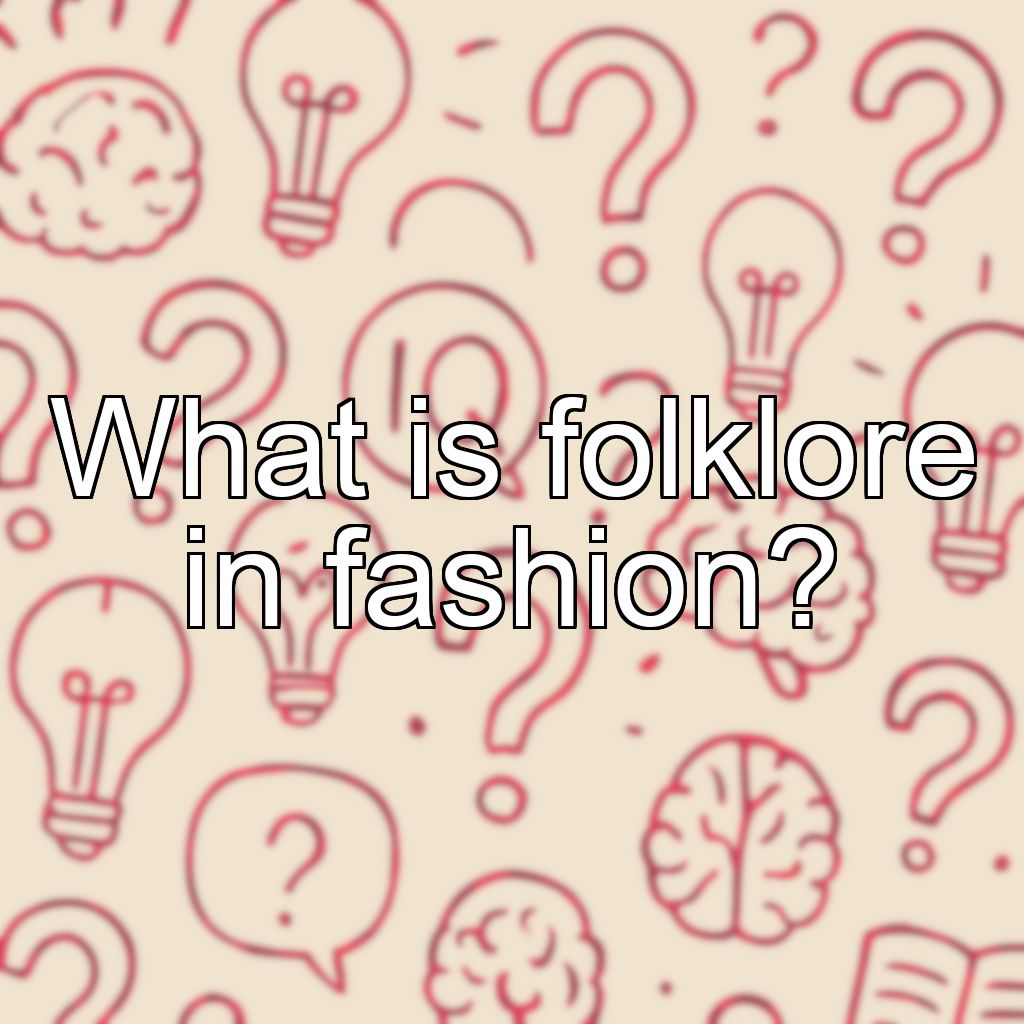What is folklore in fashion?

Folklore in Fashion
Folklore in fashion refers to the incorporation and inspiration derived from traditional stories, customs, beliefs, and practices of various cultures into clothing and design. It celebrates cultural heritage and often features motifs, patterns, and techniques passed down through generations. This approach helps preserve cultural identity and promotes diversity by integrating historical and indigenous elements into contemporary fashion.
Key Elements of Folklore in Fashion
- Traditional Patterns and Motifs: Use of indigenous symbols, embroidery, and geometric designs that are characteristic of specific cultures.
- Materials and Techniques: Incorporation of native fabrics, weaving methods, and handcrafted embellishments.
- Cultural Symbols: Inclusion of culturally significant icons or stories within the clothing design.
- Historical Inspiration: Drawing from historical garments, rituals, and folklore narratives to create contemporary pieces.
Examples of Folklore in Fashion
- Incorporating Native American beadwork or motifs into modern jewelry and clothing.
- Using traditional Japanese kimono fabrics and patterns in high fashion.
- Designs inspired by African tribal prints and textiles.
Overall, folklore in fashion serves as a bridge between past and present, fostering appreciation and respect for diverse cultural heritages while creating unique and meaningful designs.